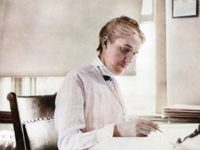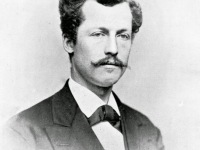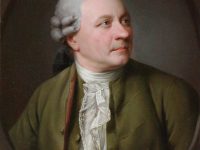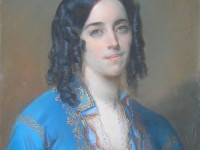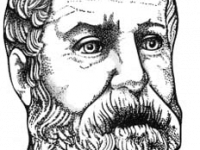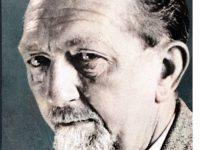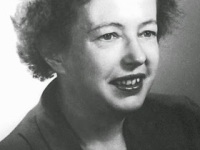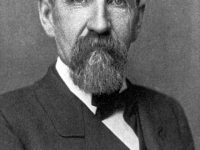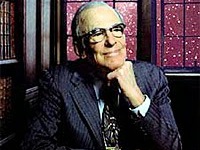Henrietta Swan Leavitt and the Light of the Cepheids
On July 4, 1868, American astronomer Henrietta Swan Leavitt was born. She is best known for her discovery of the relation between the luminosity and the period of Cepheid variable stars. Based on her luminosity-period relation for Cepheids, Edwin Hubble was able to determine that the universe is expanding. Henrietta Swan Leavitt – Early Years Henrietta Swan Leavitt was born in Lancaster, Massachusetts, as daughter among seven children of Congregational church minister…
Read more

